
Music Videos were certainly a huge thing 40 years ago. I can recall seeing proto-MTV music video programming in the ’79-’80 window. Syndicated music programs were bubbling up at the end of the 70s as bands were embracing a visual way of dispersing their music since access to the airwaves was harder to come by. Music videos represented at first, a way of bypassing the radio gatekeepers. New technology put the tools of television into greater numbers of hands. Videotape recording became commonplace over the 70s to the point where even consumers had access to affordable VCRs by 1975.
Music Video: The Early Years
Putting music on TV was always a low-budget way to sell advertising. US programs of the 70s like “The Midnight Special” got the talent for free/next to nothing as these bands/labels needed to promote their wares. There were programs all over the world of similar stripe. As well as variety shows that might have a slot or two for a musical act. But shipping bands to other countries to lipsync on their local programming could get expensive. And it often looked ludicrous to be lip syncing on a variety program, but TV producers preferred that. It made their job a lot easier not to have expensive, and time consuming audio setup for some band they would never see again. Time is money in television and if there is a way to cut out an hour [or two] of soundchecking, then lipsync is there to make the producer breathe easier.
It was this environment that conspired to make a perfect storm of making music videos for bands to promote themselves in what would be an increasingly important new way. They were not new. Music performances on film were as old as the talkies. Music shorts [“Soundies”] were always an undercurrent in film production. They might be short subjects in theaters before features. In the 60s the Scopitone Jukebox was an innovative video jukebox that people could drop coin in to see 16mm music videos, specially made for these machines. Fans could hear and see their favorites as these devices could be in pubs and public centers across the world from roughly 1959 to 1978! Lots of vintage performers were preserved for history with this format.

But by the late 70s there were New Wave bands exploding in the US and UK that were more telegenic than the confrontational Punk bands that came immediately before them. These acts tended to be more visually sophisticated and media savvy than the rock bands of a generation earlier. Many of them had art school backgrounds; making their interest in multimedia as Music Videos represented a logical occurrence.
Bands like DEVO were actually as interested in making the films as much as records. Gerald Casale and Mark Mothersbaugh were art students making provocative art as a reaction to the Kent State Massacre. They saw the band as an Art Project, not just a rock band. They formed the band and got signed to Warner Brothers in the hope that they could one day make a newfangled laserdisc of their films! And they did!
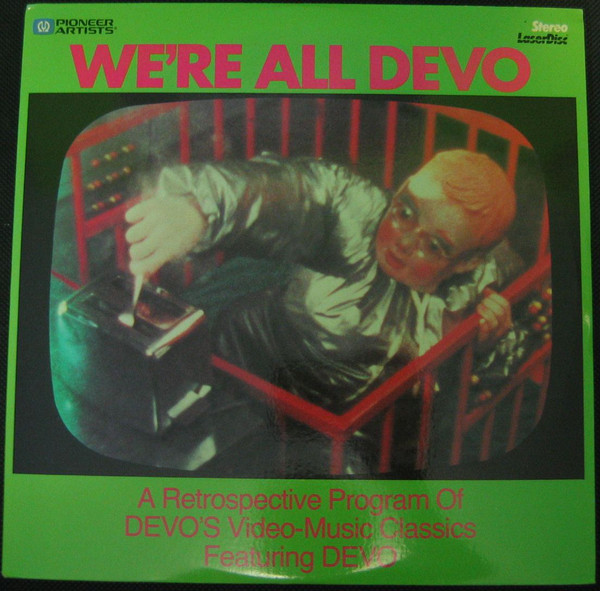
Early music videos were cheaply produced on videotape for the most part. There is a certain classic, early music video that was shot on a white seamless backdrop in high contrast to further isolate the band on screen. I can’t tell you how many music videos I saw in the ’79-’80 period that all looked like this classic example of the form as shown below. With the crucial difference that none of those other bands happened to include Elvis Costello.
Syndication Only
In the pre-MTV eras there were a few syndicated shows like Rockworld, which featutred an hour of whatever clips the producers could scrounge up broadcast with simulcast FM stereo sound on a local radio station from 1979-1980. I remember watching this on occasion with chasinvictoria at my parent’s home. That was a Saturday prime time show on a local UHF channel. Other shows were late night in our market, with music video being relegated to that more typical programming ghetto. Hollywood Heartbeat was another, which was syndicated form 1980-1981, but it had an actual rock star host, Bob Welch.

Hollywood Heartbeat was a game changer for me in that with the inclusion of Ultravox’s “Passing Strangers video in a September of 1980 episode, I had my little mind blown and discovered my new favorite band…as a result of music videos. This was no longer just a way to see my favorite bands, but there was a larger world out there than the radio offered, and the explosion of available TV channels in the cable-TV era was starving for content. For the next five years, I probably discovered most of the new bands I loved through the medium of music videos.
Ultravox were savvy enough to know that if they stood a ghost of a chance of making an impression then they needed to up their game. They shot on 16 mm film [like the Scopitones] for a richer, more cinematic look. and they also matted the top and bottom of the screen to letterbox the end result; giving it an even more explicit relationship to cinema. They eventually released their third single since reforming with Midge Ure as singer and they pulled out all the stops for their second clip, as directed [again] by Oz director Russell Mulcahy, who had been involved with music video productions dating back a few years and was one of the names in this nascent industry coalescing out of a blend of film students, commercial directors, and even film directors eager to avoid downtime.
Their song “Vienna” was already climbing the charts when the band were adamant that Chrysalis give them a budget to make a clip for the song. With the song hitbound, Chrysalis didn’t see the point, so the band paid the £6-7000 themselves, knowing that this could reverberate around the world quite effectively. I can remember seeing the clip and watching it, agog, as the fully cinematic production values were so far ahead of the typical music video that I knew a line in the sand had been drawn. The escalation of music video budgets began with this shot heard ’round the world.
These clips made Mulcahy the go-to man for quite a few years and led to him being practically the sixth member of Duran Duran. The first two or three years of £2000 clips in the ’78-’80 time period, made by film student friends of the bands was no longer viable. Meanwhile, it was 1981, and MTV was coming. A channel developed by Viacom for cable TV [from an idea by Mike Nesmith called “Popclips”] that showed music videos…24 hours a day, seven days a week.
Next: …The 800 lb Gorilla Of Music Video


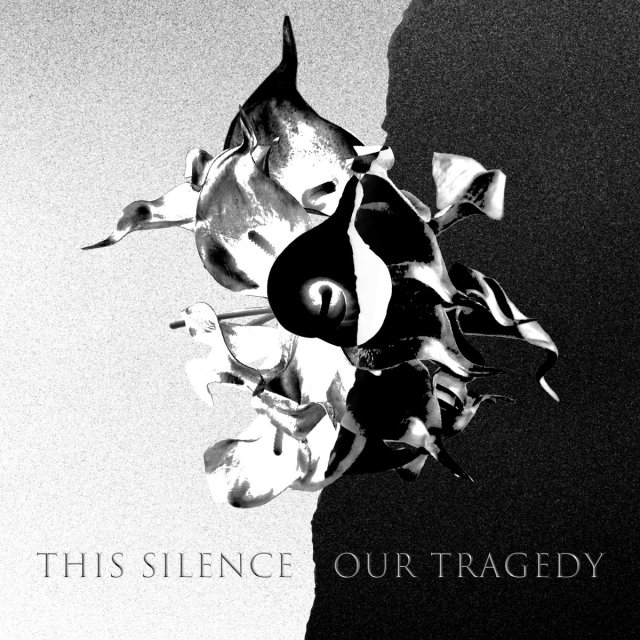


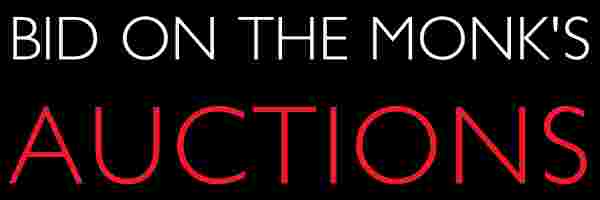

![Chris Cross: 1952-2024 [part 2]](https://postpunkmonk.files.wordpress.com/2024/04/ultravox-cross.jpg?w=200&h=200&crop=1)
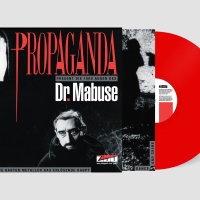
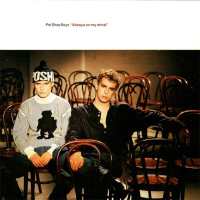


The bulk of my YouTube channel was built on clips I recorded from Rockworld and Hollywood Heartbeat. The tape was SO darn expensive back then ($12/tape in Dec. 1980) that I edited out a lot of stuff on the fly that I wish I had saved. I never saw any of the episodes of HH hosted by Mackenzie Phillips before Bob Welch took over. I miss those late nights of taping Night Flight, too. They also dropped in music videos at the end of HBO, Showtime, etc. movies that weren’t long enough to fill out the time slot.
LikeLiked by 1 person
thxdave – I remember your Hollywood Heartbeat/Rockworld stories from some time ago. I think my first blank tape was a Memorex L-500 I went to K-Mart to buy. I seem to recall it was $12.98 or something like that in early 1982. That first year I bought maybe a dozen blank tapes before the prices started to plummet to $3.99-$4.99/L-750 by ’83-84. I never saw the Mackenzie Phillips era HH either. I’m guessing that it was not in our market at that time. And don’t forget that HBO also had Video Jukebox from 1981-1986. A half an hour of music videos a month but I can’t recall seeing anything of interest, except for Helen Reddy’s astonishing Faux New Wave triumph, “Imagination.”
LikeLiked by 1 person
I think you and I were living on opposite sides of Florida back then! I was always listening to WORJ from 100 miles away! Those Fuji T-120 tapes (I was saddled with VHS at the time) were wonderful and still play well today but I transferred all of them to hard drives. Luckily I recorded everything at 2-hour speed and the quality still holds up well 40 years later. For anybody interested, here’s a link to my channel: https://www.youtube.com/user/morrisonAV/videos
LikeLiked by 1 person
thsdave – You’re in the Tampa Bay Area, as I recall. Only 90 miles away. So you were listening to WORJ-FM. I was listening to the New Wave show late Friday night on WUSF-FM! If I held my antenna just so, I could pick something up, albeit riddled with static. I still have fond memories of those aircheck tapes I would record! It’s where I first heard Yello, Eno’s “Baby’s On Fire,” and OMD’s 10″ version of “Souvenir” before I knew it was even out! It’s also where I first heard the early version of Berlin’s “Tell Me Why” that haunts me to this day. Mind you, all of this was on a single night’s tape!
LikeLiked by 1 person
Good memory, Buddy! I was actually up in Pasco Co. with a 40′ antenna so ‘ORJ was a long reach. But I could hear it clear enough to hear the rumble in one of their turntables. It was years before we had cable in our area so all my videos were collected OTA. I had to haul my VCR to a friend’s house to get HBO’s Video Jukebox clips. WUSF-FM was wonderful especially in the days when students did the programming at night. The Underground Railroad program was a wonderful resource for discovering new music.
LikeLiked by 1 person
thxdave – And you can remember the name of the program! “The Underground Railroad!!”
LikeLike
I really like that AFX ad you have posted. Late ’78…around that time I was ditching the slot cars and train sets and spending money on Star Wars and wargames. Nice memory there with that ad – thanks.
LikeLike
Pump It Up is arguably the greatest video ever made. It forces nothing into your mind but captures the listener’s attention in the sheer minimalism it portrays. No fakes, no phonies.
LikeLiked by 1 person
Compared to you lot in the US,my family home was late in getting a video recorder,but I still have hundreds of VHS tapes,mostly full of music videos and arts documentaries from the 80s.
The first blank tape I ever filled up includes Cabaret Voltaire live on a British tv show in 1985 and some Half Man Half Biscuit.
I never had access to MTV and had to rely on mostly late night obscure music shows on UK tv and classics like The Tube,Old Grey Whistle Test,Top of the Pops and others.
LikeLiked by 1 person
Gavin – Sounds like you were watching SNUB-TV as well! That got shown over here on the wonderful Night Flight weekend programming bloc on the mostly sports and reruns USA Network. “Controlled Spontaneity.”
LikeLike
Pingback: Record Review: Klark Kent – “Away From Home” US 7″ | Post-Punk Monk